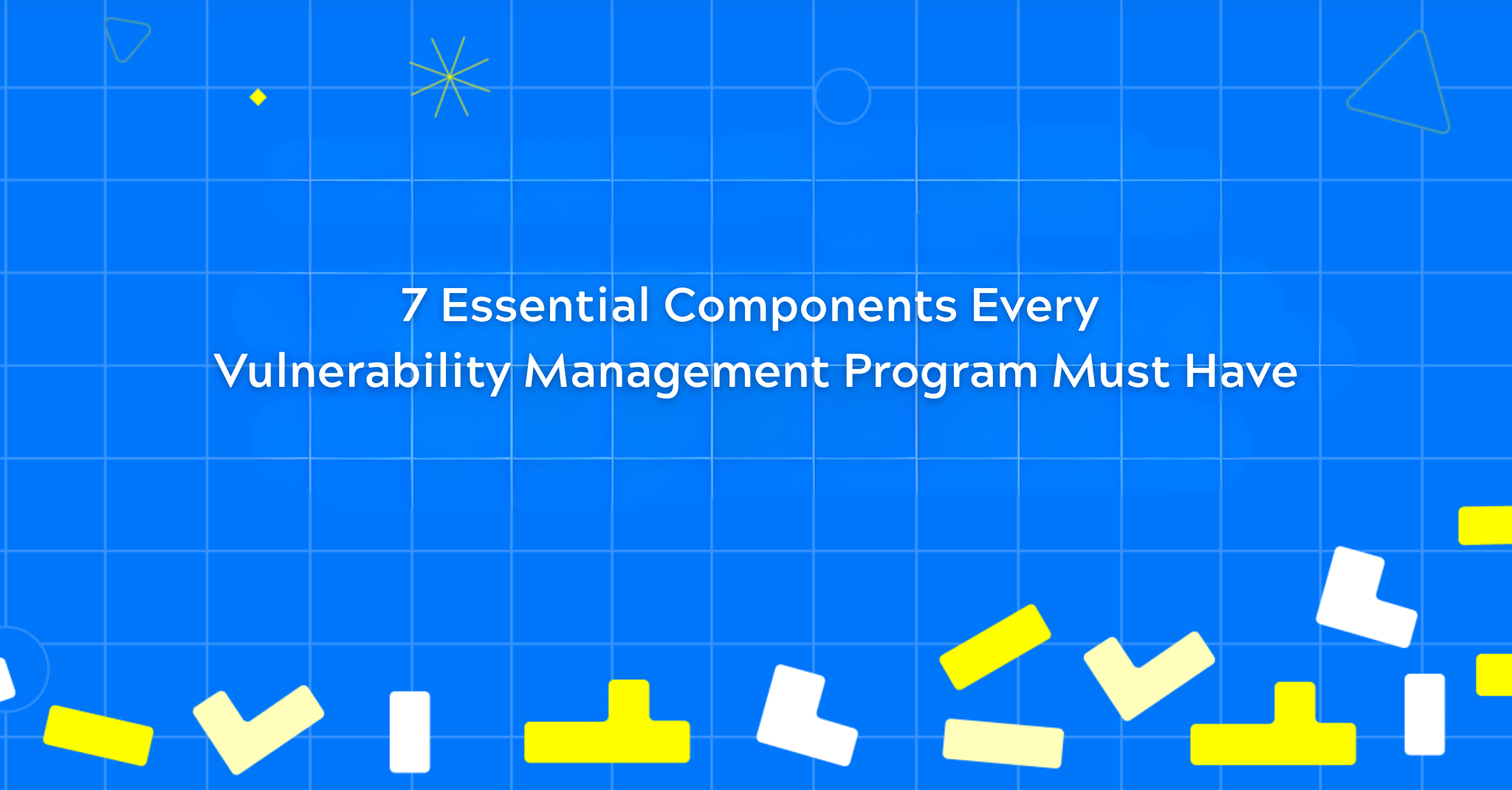Introduction
As businesses increasingly leverage cloud infrastructure, ensuring robust security measures has become paramount. Cloud Security Posture Management (CSPM) has emerged as a crucial practice to protect cloud environments from threats and vulnerabilities. In this blog post, we will provide a comprehensive guide to CSPM, exploring its definition, key components, benefits, and implementation considerations.
I. Understanding CSPM: Defining the Concept
A. Definition of CSPM:
CSPM refers to the practices, tools, and processes aimed at continuously monitoring and managing the security posture of cloud environments.
It involves assessing cloud configurations, identifying vulnerabilities, and ensuring compliance with security policies and best practices.
B. Key Components of CSPM:
1. Asset Discovery and Inventory: CSPM tools automatically identify and catalog cloud assets, including virtual machines, storage, databases, and network configurations.
2. Configuration Assessment: CSPM evaluates cloud configurations against security standards and best practices to identify misconfigurations and weak access controls.
3. Threat Detection and Incident Response: CSPM solutions employ real-time monitoring and threat intelligence capabilities to detect suspicious activities, anomalies, and potential security breaches.
4. Compliance Monitoring: CSPM helps organizations maintain compliance with industry regulations and standards by monitoring cloud configurations and policies.
5. Remediation and Continuous Improvement: CSPM provides actionable insights and recommendations for remediating vulnerabilities and improving the overall security posture of cloud environments.
II. Benefits of CSPM Adoption
A. Enhanced Security Posture:
CSPM enables organizations to identify and mitigate security risks, minimizing the potential for data breaches, unauthorized access, and other security incidents.
B. Regulatory Compliance:
CSPM helps businesses maintain compliance with industry regulations, such as GDPR, HIPAA, and PCI DSS, by continuously monitoring and enforcing security controls.
C. Visibility and Control:
CSPM provides comprehensive visibility into cloud assets, configurations, and security events, allowing organizations to gain control and make informed security decisions.
D. Timely Incident Response:
By leveraging real-time monitoring and threat detection capabilities, CSPM enables organizations to detect and respond promptly to security incidents, reducing the impact and potential damage.
III. Implementing CSPM: Key Considerations
A. Choosing the Right CSPM Solution:
Evaluate CSPM tools based on their ability to support your cloud platform, scalability, automation capabilities, and integration with existing security systems.
B. Integration with DevOps:
Ensure that CSPM integrates seamlessly into your DevOps processes, providing continuous security throughout the software development lifecycle.
C. Security Hygiene:
Prioritize regular vulnerability scanning, security patching, access controls, and strong authentication mechanisms to maintain a healthy security posture.
D. Continuous Monitoring and Assessment:
Implement continuous monitoring of cloud environments, utilizing CSPM's capabilities to identify and remediate security gaps in real-time.
E. Staff Training and Education:
Invest in security awareness training for employees to promote a culture of security and ensure everyone understands their role in maintaining a secure cloud environment.
Conclusion
Cloud Security Posture Management (CSPM) is an essential practice for organizations leveraging cloud infrastructure. By continuously monitoring cloud configurations, identifying vulnerabilities, and ensuring compliance with security policies, CSPM helps businesses maintain a robust security posture. Implementing a comprehensive CSPM strategy, considering the key components and benefits discussed in this guide, will enable organizations to secure their cloud environments effectively and protect sensitive data from emerging threats.
The true cost of poor security remediation.
Goes beyond wasted resources, overspent budgets, and missed SLAs.
Stay ahead of breaches - get started with DevOcean.
.png)


%20Breach.png)

.png)
